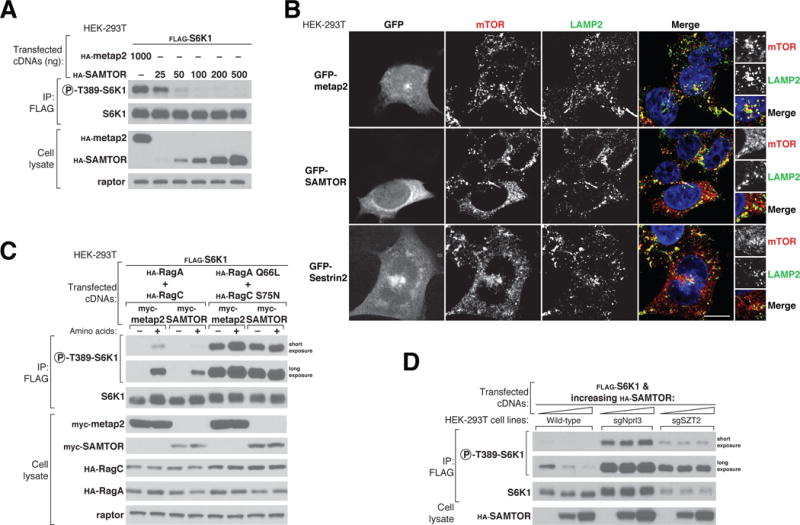Figure 2. SAMTOR is a negative regulator of mTORC1 signaling that acts upstream of the Rag GTPases, GATOR1, and KICSTOR.

(A) Transient overexpression of SAMTOR inhibits mTORC1 signaling. FLAG immunoprecipitates were prepared from HEK-293T cells transfected with 2 ng of FLAG-S6K1 cDNA along with either hemagglutinin (HA)–tagged metap2 cDNA or increasing amounts of HA-SAMTOR cDNA. FLAG immunoprecipitates and cell lysates were analyzed by immunoblotting for the phosphorylation states and levels of the indicated proteins.
(B) Overexpression of GFP-SAMTOR displaces mTOR from lysosomes, similar to the effect of GFP-Sestrin2.Wild-type HEK-293Tcells transiently expressing GFP-metap2, GFP-SAMTOR, or GFP-Sestrin2 were processed for immunofluorescence detection of mTOR and the lysosomal marker LAMP2. In all images, insets represent selected fields magnified 5.12X as well as their overlays. Scale bar, 10 μm.
(C) SAMTOR functions upstreamof the Rag GTPases to regulate the mTORC1 pathway. HEK-293Tcells expressing the indicated cDNAs were starved of amino acids for 50 min or starved and restimulated with amino acids for 10 min. FLAG immunoprecipitates and cell lysates were analyzed as in (A).
(D) SAMTOR functions upstream of GATOR1 and KICSTOR. FLAG immunoprecipitates and cell lysates prepared from wild-type, Nprl3-deficient, or SZT2-deficient HEK-293Tcell lines expressing the indicated cDNAs were analyzed as in (A).
